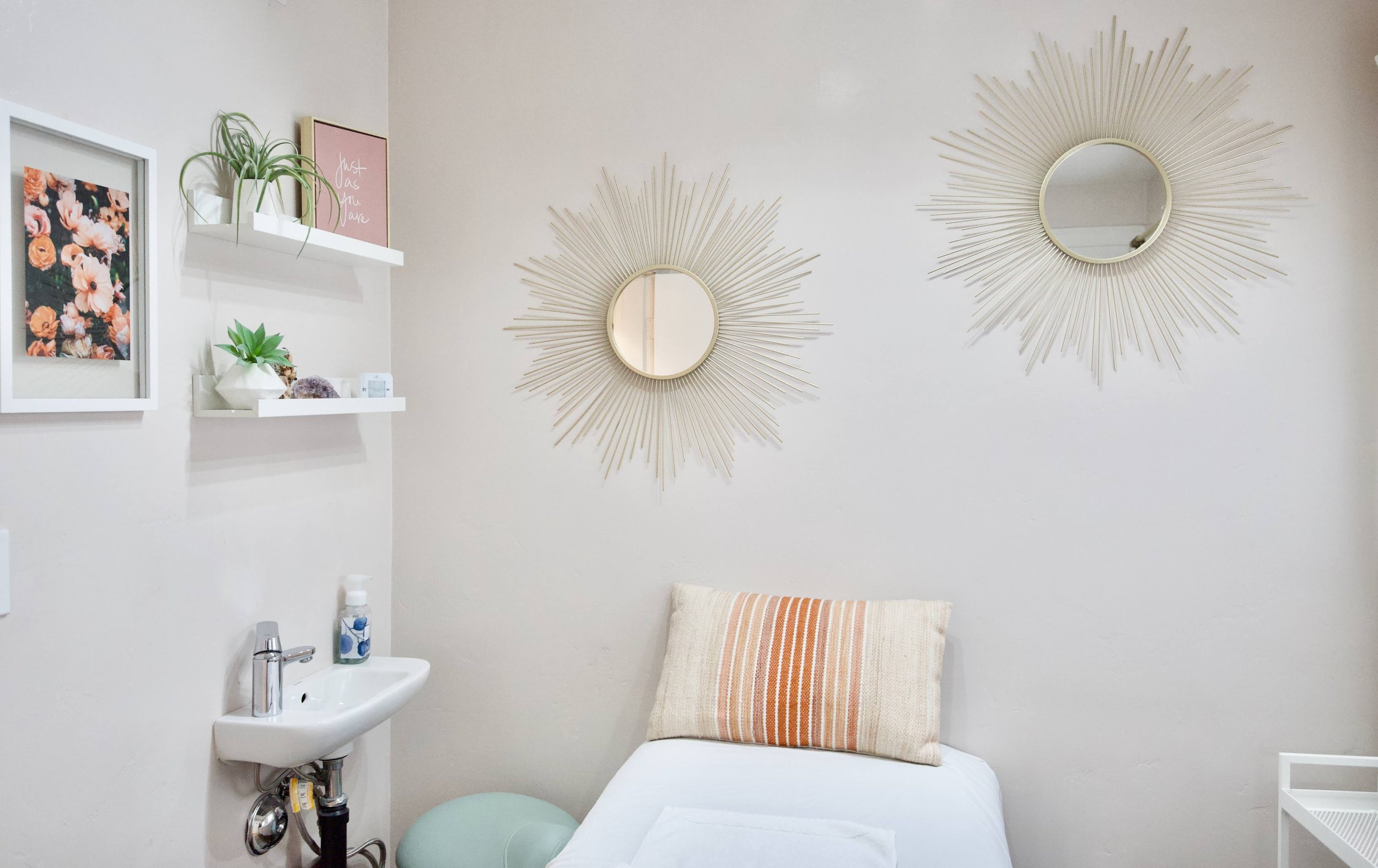
Peels Facts & FAQ’s
Here Are Some Of The Facts And Most Frequently Asked Questions About Peels:
Peel Preparation & Aftercare
-
You will be having a peel treatment on the day of your appointment. Please follow the outline below to prepare.
Use of PCA SKIN® daily care products prior to your peel will prepare the skin, allow for better treatment results, and reduce the risk of complications. This is recommended but not mandatory. Please consult your physician or skincare clinician for appropriate recommendations for your skin type and condition.
It is recommended that you take the following into consideration:
For best results and to reduce the risk of complications, it is recommended that you use PCA SKIN® daily care products 10 to 14 days prior to treatment.
If you are lactating, pregnant, or may be pregnant, consult your OB/GYN before receiving any treatment.
Do not go to a tanning bed two weeks prior to treatment. This practice should be discontinued due to the increased risk of skin cancer and signs of aging.
It is recommended that extended sun exposure be avoided, especially in the 10 days prior to treatment.
It is recommended to delay use of tretinoin, Retin-A® , Renova® , Differin® , Tazorac® , Avage® , EpiDuo® , Ziana® , and high-percentage AHA and BHA products for MD Peel (CCl3) prior to treatment. Consult your physician before temporarily discontinuing use of any prescription medications.
PCA SKIN® superficial peels result in little-to-no downtime but create dramatic and visible results. Treatments may cause slight redness, tightness, peeling, flaking, or temporary dryness. Most patients nd it unnecessary to apply makeup, as the skin will be smooth, dewy, and radiant following your treatment. If you would like to apply makeup, allow approximately 15 minutes for the pH of the skin to stabilize before applying foundation.
When receiving MD Peel (CCl3) it is expected to experience moderate redness and heavier exfoliation for up to seven days post-treatment. During this time makeup application is not recommended. For subtle coverage the Sheer Tint Broad Spectrum SPF 45 is an excellent option.
-
For two days post-procedure or seven days when receiving MD Peel (CCI3):
Stay as cool as possible. Overheating internally can cause hyperpigmentation.
Do not put the treated area directly into a hot shower spray.
Do not use hot tubs, steam rooms, or saunas.
Do not go swimming.
Do not participate in activities that would cause excessive perspiration.
Do not use loofahs or other means of mechanical exfoliation.
Do not direct a hair dryer onto the treated area.
Do not apply ice or ice water to the treated areas.
General Guidelines After Receiving a PCA SKIN® Superficial Treatment:
After receiving a PCA SKIN® professional treatment, you should not necessarily expect to “peel.” However, light flaking in a few localized areas for several days is typical. Most patients who undergo these treatments have residual redness for approximately one to 12 hours post-procedure.
As with all peels and treatments, it is recommended that makeup not be applied the day of treatment, as it is ideal to allow the skin to stabilize and rest overnight; however, makeup may be applied 15 minutes after the treatment if desired.
To minimize side effects and maximize results, use The Post-Procedure Solution for three to five days or until flaking has resolved.
If the skin feels tight, apply ReBalance for normal to oily skin types or Silkcoat® Balm for drier skin types to moisturize as needed. For maximum hydration, you can apply Hydration Serum under ReBalance or Silkcoat® Balm.
Moisturizer should be applied at least twice a day, but can be applied more frequently for hydration and to decrease the appearance of flaking.
It is recommended that other topical, over-the-counter medications, or alpha hydroxy acid products not be applied to the skin seven days post-procedure, as they may cause irritation.
It is recommended to delay use of tretinoin, Retin-A®, Differin®, Renova®, Tazorac®, Avage®, EpiDuo®, or Ziana® five days prior post-procedure or seven days when receiving MD Peel (CCI3). Consult your physician before temporarily discontinuing use of an prescription medications.
Avoid direct sun exposure and excessive heat. Use Active Protection Body Broad Spectrum SPF 30, Weightless Protection Broad Spectrum SPF 45, Daily Defense Broad Spectrum SPF 50+, Hydrator Plus Broad Spectrum SPF 30, Active Broad Spectrum SPF 45, or Sheer Tint Broad Spectrum SPF 45 for broad spectrum UV protection.
Do not go to a tanning bed for at least two weeks post-procedure. This practice should be discontinued due to the increased risk of skin cancer and signs of aging.
Do not pick or pull any loosening or peeling skin. This could potentially cause hyperpigmentation.
Do not have another treatment until your clinician advises you to do so.




